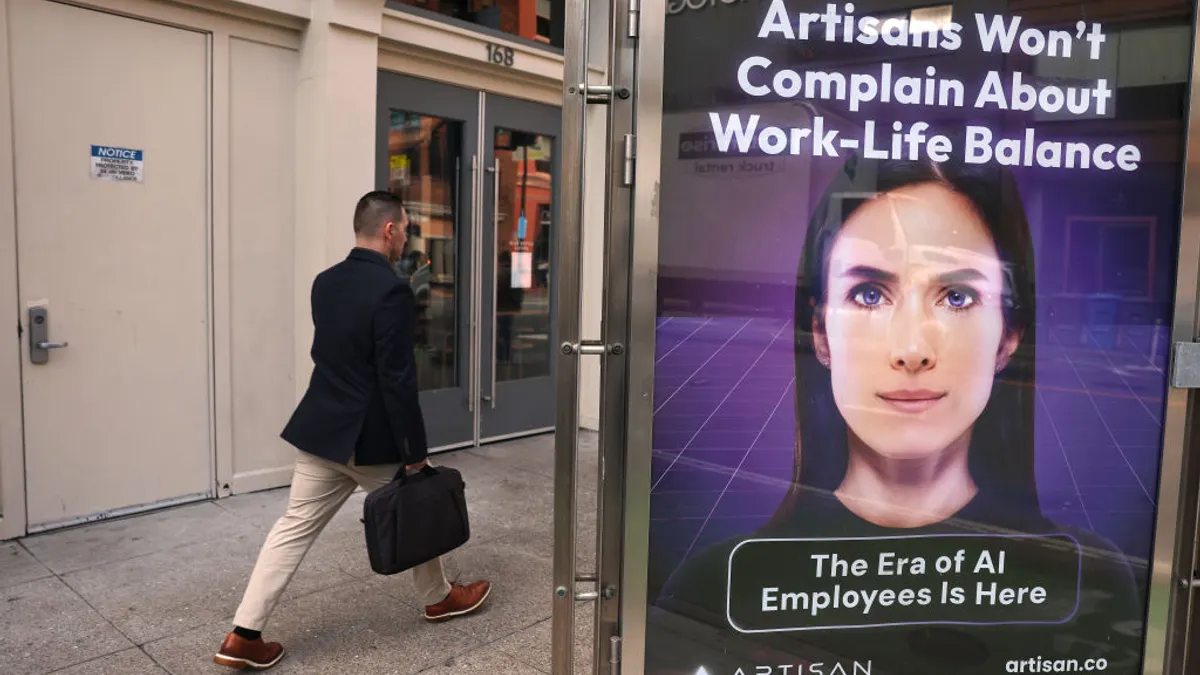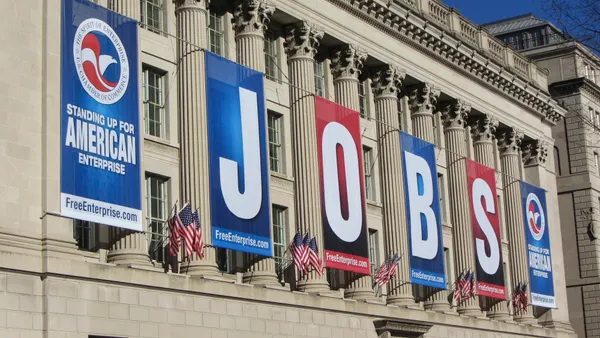Despite global economic uncertainty and increasing healthcare costs, 93% of employers surveyed said they plan to maintain or expand well-being offerings for 2025, according to a May 20 report from Business Group on Health.
Among those employers, 73% said they would maintain their programs, and 20% said they would increase them.
“Employers continue to regard well-being as central to their workforce strategy and seek to further optimize their well-being investments,” said Ellen Kelsay, president and CEO of Business Group on Health. “By viewing these initiatives as having a direct impact on overall employee health, employers also boost workplace engagement, participant outcomes and business performance, among other benefits.”
In a survey of 131 global employers with more than 11 million employees, 100% said their well-being strategy includes mental health. Nearly half said mental health is the most important part of that strategy, while 44% said it was the second most important.
Among mental health initiatives, employee assistance programs were the most common offering worldwide. Employers also said they provide stress management, mindfulness and resiliency programs; and 95% of multinational employers said they offer teletherapy.
Physical health also ranked as a top priority, with 99% including a physical health component in their well-being strategy. Employers said weight management was particularly important, and two-thirds said the growing use of weight loss drugs such as GLP-1s has affected their approach to well-being and prompted them to make changes to their offerings.
Financial health ranked highly as well, with 92% including it in their well-being strategy in 2025 and 100% planning to include it in 2026. Employers said they support financial well-being through subsidies and financial contributions, which help with major costs such as student loan repayment, tuition reimbursement and emergency savings.
About three-quarters of employers incorporate social connectedness and community in their well-being strategy through offerings like employee resource groups, peer coaching and mentoring programs.
In future years, 59% of employers said they’ll up their efforts to address the social determinants of health — the conditions in which people are born, grow, live, work and age. This dimension may see more growth than any other area of well-being, according to the survey data.
Although most employers believe they offer modern benefits, only 59% of workers agree, according to a Prudential report. Workers said their top challenges include retirement, everyday costs and housing costs — and they want benefits that address those needs.
Increased access to certain mental health benefits can improve worker mental health, according to experts with the Center for Construction Research and Training. For instance, paid family medical leave and paid vacation time are correlated with reduced suicide rates among workers in the construction industry, research found.
At the same time, more than a quarter of workers said they don’t know if they have mental health benefits, and only half know how to access them, according to a poll by the National Alliance on Mental Health. HR pros can increase usage through destigmatizing communication and training, workers said.














